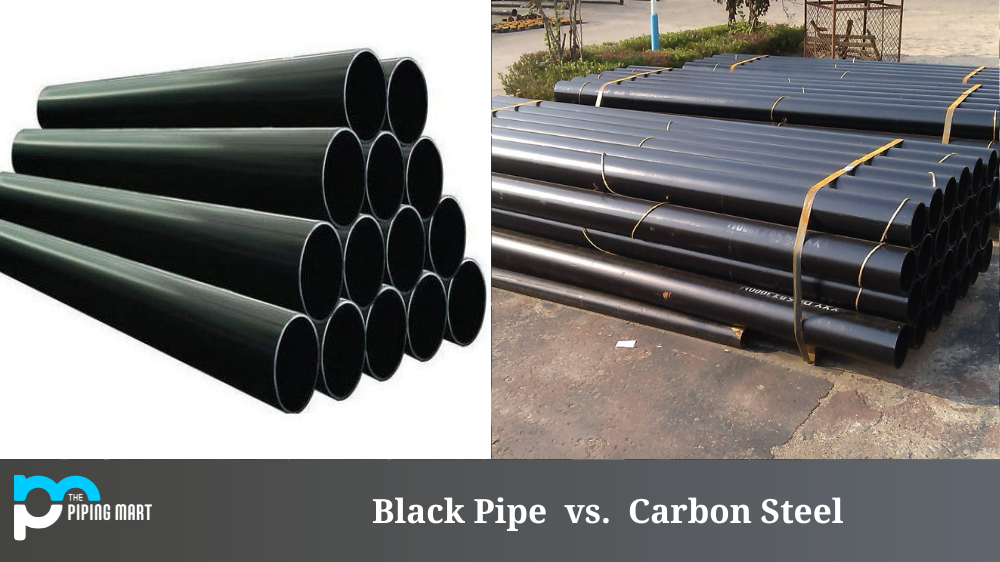Monel and stainless steel are two of the most common materials used in industrial settings today. Both have their advantages and disadvantages, which makes it important to weigh out the pros and cons before making a decision. In this blog post, we’ll explore the cost differences between monel and stainless steel to help you make the best choice for your project.
Cost Comparison: Monel vs Stainless Steel
When it comes to cost comparison, Monel metal is typically more expensive than stainless steel. The exact cost difference depends on factors such as grade and thickness, but as a general rule of thumb, monel is around three times more expensive than stainless steel. This means that if you’re working with a tight budget, stainless steel may be a better option.
However, other factors can influence the cost. For instance, monel tends to be easier to work with than stainless steel due to its softer texture and malleability. This means that it can often require less labor time when being cut or processed into shape—which could potentially save you money in the long run if you’re looking for a quick turnaround on your project.
Monel also has superior corrosion resistance compared to stainless steel due to its higher nickel content (around 70%). This property makes it ideal for use in highly corrosive environments such as saltwater applications or environments where exposure to chemicals is likely. As a result, using monel instead of stainless steel may help reduce maintenance costs in these applications over time.
Conclusion:
When comparing monel vs stainless steel for use in an industrial setting, it’s important to factor in both initial cost and potential long-term savings from reduced maintenance costs or quicker turnaround times. The right choice will depend on individual application requirements; however, monel tends to be more expensive upfront but potentially more economical over time due to its enhanced corrosion resistance properties and malleability during processing. Ultimately, each project should be evaluated on its own merits before making any decisions about which material is right for your needs.

Pipingmart is a B2B portal that specializes in metal, industrial and piping items. Additionally, we share the latest information and information about materials, products and various types of grades to assist businesses that are involved in this business.




